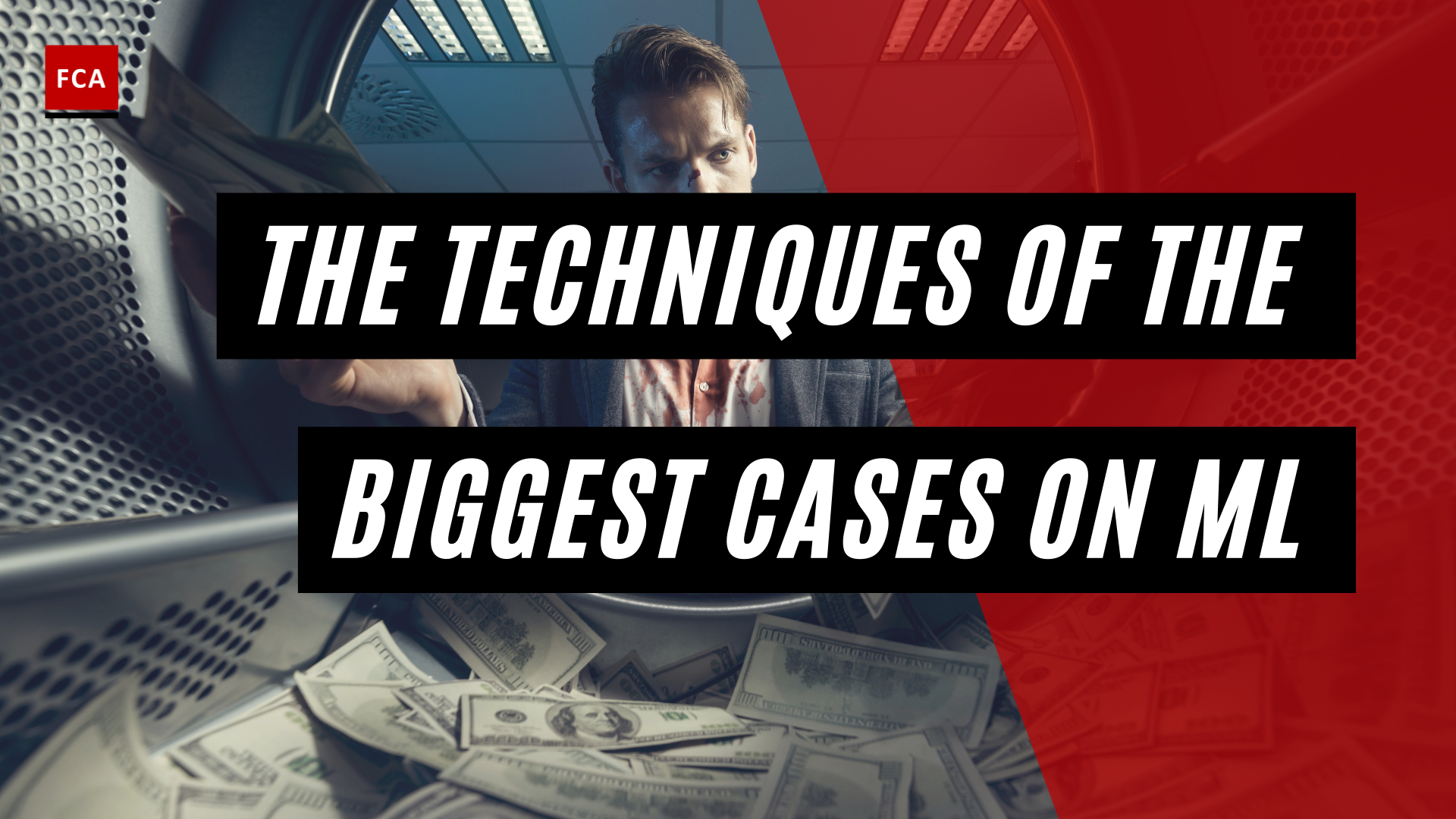Impact of COVID-19 on AML Efforts
The COVID-19 pandemic has significantly impacted anti-money laundering (AML) efforts, presenting new challenges for AML professionals and requiring adaptations in compliance measures. In this section, we will explore the challenges faced by AML professionals during the pandemic, the regulatory guidance and relief measures put in place, and the role of technology in AML compliance during this unprecedented time.
Challenges Faced by AML Professionals During the Pandemic
The COVID-19 pandemic has brought about various challenges for AML professionals. The shift to remote work arrangements has disrupted traditional compliance practices, making it more difficult to conduct in-person procedures such as fingerprinting and inspections. Financial Industry Regulatory Authority (FINRA) provided temporary relief and guidance to member firms on meeting AML obligations during the pandemic, addressing inquiries about remote inspections, branch inspections, and compliance with AML requirements (FINRA). However, the inability to obtain fingerprints and conduct inspections posed challenges to maintaining standard AML procedures.
Regulatory Guidance and Relief Measures
Regulatory bodies have provided guidance and relief measures to help firms navigate the challenges faced during the pandemic. FINRA, for example, temporarily postponed the deadline for submission of new fingerprints when firms were unable to obtain them due to the pandemic, granting extensions to member firms (FINRA). They also allowed remote inspections and directed firms to ensure compliance with AML requirements even in remote environments. These measures aimed to support AML enforcement efforts while considering the limitations imposed by the pandemic.
Role of Technology in AML Compliance During the Pandemic
Technology has played a vital role in facilitating AML compliance during the pandemic. Advancements in artificial intelligence, machine learning, and data analytics have improved the detection of financial crime, reduced false positives, and enhanced efficiency in compliance efforts. Financial institutions have leveraged technology solutions to enhance transaction monitoring capabilities, customer due diligence processes, and overall automation of compliance tasks, enabling more effective risk assessments and compliance with AML regulations even amidst the disruptions caused by the pandemic.
By utilizing technology, financial institutions have been able to enhance digital identity verification processes, mitigate risks associated with financial crime, improve customer identification accuracy, and strengthen overall AML efforts in a remote working environment. The use of technology solutions has become increasingly crucial in maintaining compliance, especially with the surge in digital transactions during the pandemic.
The impact of COVID-19 on AML efforts necessitated a shift in strategies, increased reliance on technology, and collaboration within the financial industry. As the pandemic continues to evolve, AML professionals must remain vigilant, adapt to changing regulations, and leverage technological advancements to combat financial crime effectively. For more information on emerging AML trends post-COVID-19, visit our article on AML strategies post-COVID-19.
Enhancing AML Enforcement During the Pandemic
During the COVID-19 pandemic, financial institutions and AML professionals faced numerous challenges in maintaining effective AML enforcement. However, they adapted by implementing various strategies and leveraging technology solutions to ensure compliance with AML regulations. Additionally, collaboration and information sharing within the financial industry played a crucial role in combating financial crime. Let’s explore these aspects in more detail.
Remote Work Challenges and Adaptations
The pandemic necessitated a shift to remote work arrangements for many organizations, presenting unique challenges for AML compliance. Professionals working from home faced limited access to on-site systems, reduced face-to-face interactions, and potential disruptions to their usual working routines. These challenges impacted various aspects of AML enforcement, such as conducting customer due diligence, transaction monitoring, and suspicious activity reporting.
To overcome these challenges, financial institutions and AML professionals had to adapt their processes and procedures. Remote monitoring capabilities were enhanced, and new controls were implemented to prevent money laundering and terrorist financing activities in a virtual work environment. Regulators, such as FINRA, provided guidance and resources to support organizations in enhancing their AML compliance programs during the pandemic, emphasizing the importance of ongoing monitoring, risk assessments, and customer identification programs. Implementing a business continuity plan and utilizing automated management dashboards helped organizations better navigate these remote work challenges.
Utilizing Technology Solutions for AML Compliance
Technology played a crucial role in aiding AML compliance efforts during the pandemic. Advancements in artificial intelligence, machine learning, and data analytics improved the detection of financial crime, reduced false positives, and enhanced efficiency in compliance efforts. Financial institutions utilized technology solutions for transaction monitoring, customer due diligence, and automation of compliance tasks. These solutions helped in analyzing vast amounts of data, detecting suspicious activities, and strengthening risk assessments. The use of digital identity technology and other technologies also supported remote customer verification, ensuring the effectiveness of AML/CFT measures in light of the shift towards online services.
Financial institutions leveraged these technology solutions to enhance their transaction monitoring capabilities, customer identification processes, and overall automation of compliance tasks. This allowed for more effective risk assessments and compliance with AML regulations, even amidst the disruptions caused by the pandemic. However, the effectiveness of these technologies depends on the availability of high-quality data and continuous tuning to adapt to evolving threats.
Collaboration and Information Sharing in the Financial Industry
Collaboration within the financial industry increased significantly during the pandemic. Financial institutions worked together to address AML challenges collectively, share knowledge, and enhance overall financial crime compliance measures. Collaboration and information sharing were vital in identifying emerging risks, sharing best practices, and staying ahead of evolving money laundering and terrorist financing threats. Regulators, such as FINTRAC, emphasized the importance of consistent and effective supervision of financial institutions, as well as collaboration between public and private sector entities, to ensure compliance with AML/CFT obligations during the pandemic (FINTRAC).
Through collaboration, financial institutions could collectively address the challenges posed by the pandemic, share insights on emerging trends, and strengthen their AML enforcement efforts. This collaborative approach helped in addressing the evolving AML challenges and combatting financial crime effectively in the face of the global health crisis.
In summary, enhancing AML enforcement during the pandemic required adapting to remote work challenges, utilizing technology solutions, and fostering collaboration and information sharing within the financial industry. These strategies empowered AML professionals to maintain effective AML compliance, detect and prevent financial crimes, and mitigate the risks associated with the COVID-19 pandemic.
Trends in AML Enforcement During the Pandemic
As the COVID-19 pandemic continues to impact the global financial landscape, anti-money laundering (AML) enforcement has undergone significant changes. Several trends have emerged in response to the challenges posed by the pandemic. In this section, we will explore three key trends in AML enforcement during the pandemic: the shift towards digital identity verification, increased focus on transaction monitoring, and regulatory changes and future developments.
Shift Towards Digital Identity Verification
Financial institutions have increasingly focused on enhancing digital identity verification processes during the pandemic to mitigate risks associated with financial crime. With remote work becoming the norm, robust customer identification processes have become crucial to ensure compliance with AML regulations. Advancements in technology, such as artificial intelligence (AI) and machine learning (ML), have improved the accuracy and efficiency of digital identity verification. However, it is important to address vulnerabilities associated with electronic ID verification solutions to prevent criminals from circumventing AML controls (FATF).
Increased Focus on Transaction Monitoring
The COVID-19 pandemic has accelerated the digital transformation of financial services, resulting in a surge in mobile and online transactions. This shift towards digital channels has created new opportunities for criminals to exploit technology for money laundering and terrorist financing. To combat this, financial institutions have increased their focus on transaction monitoring. The use of AI and ML technologies has enhanced the detection of suspicious activities, reduced false positives, and improved overall efficiency in compliance efforts. However, the effectiveness of these technologies relies on high-quality data and continuous tuning to adapt to evolving threats.
Regulatory Changes and Future Developments
The COVID-19 pandemic has brought about regulatory changes in the AML landscape. Regulators have been working to establish frameworks and regulations to mitigate the risks associated with virtual assets and cryptocurrencies, emphasizing the need for enhanced due diligence and transparency requirements for virtual asset service providers (VASPs). As the pandemic evolves, financial institutions are still formulating comprehensive approaches to identify and address pandemic-related financial crime risks. Future developments in AML enforcement are likely to focus on strengthening regulatory frameworks, leveraging technology advancements, and enhancing collaboration among financial institutions and regulatory authorities.
The COVID-19 pandemic has brought both challenges and opportunities to AML enforcement. Financial institutions have adapted to remote work challenges, utilized technology solutions for compliance, and increased collaboration and information sharing in the financial industry. By staying abreast of emerging trends and regulatory changes, AML professionals can enhance their efforts to combat financial crime during these unprecedented times. For more information on AML strategies post-COVID-19, refer to our article on aml strategies post-COVID-19.








